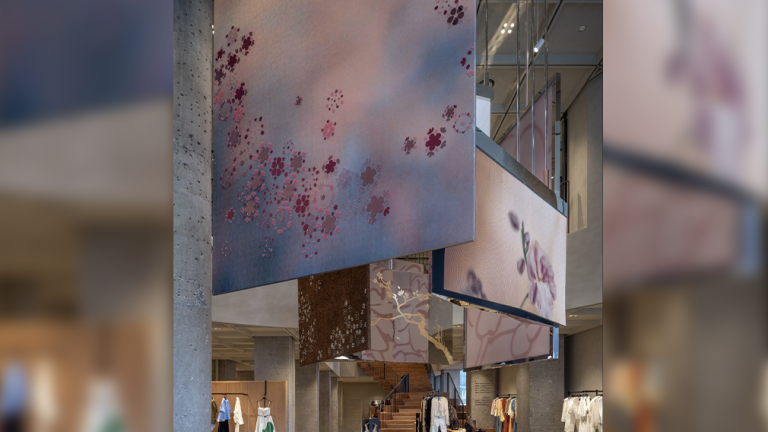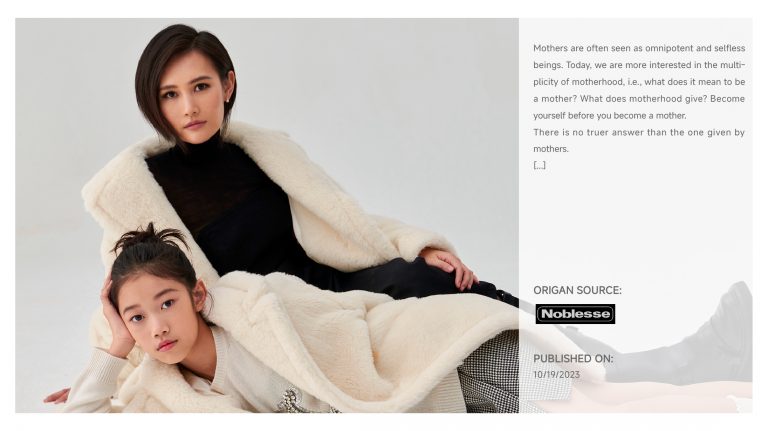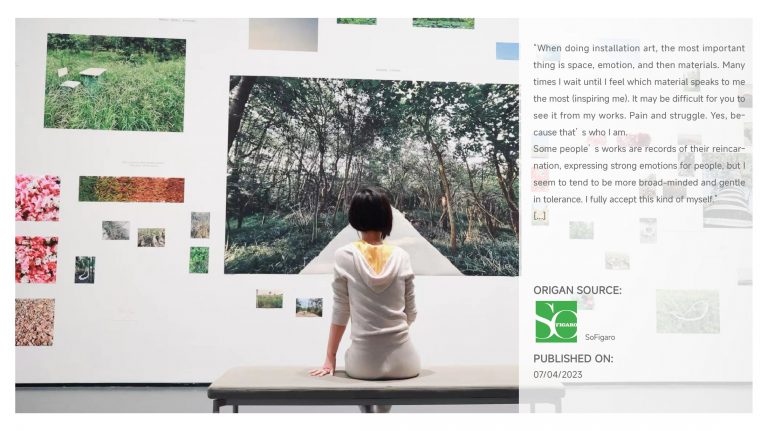
It’s not just the vines that are growing wildly, there are also exhibits.
Walking along the path next to the sycamore tree towards No. 5 Yongfeng Village, a century-old bungalow is wrapping up an exhibition called “Overgrown”. As Chris, the space manager and the curator of this exhibition, said: “All The artworks grow wildly and unrestrainedly in the space.” This is also the theme that the exhibition hopes to convey.
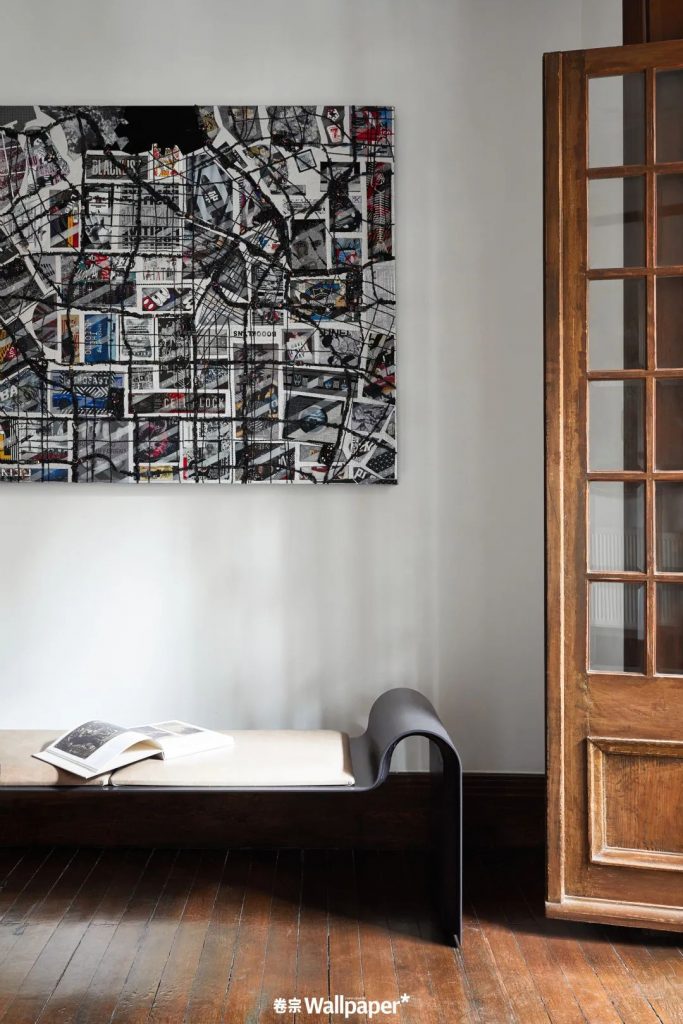
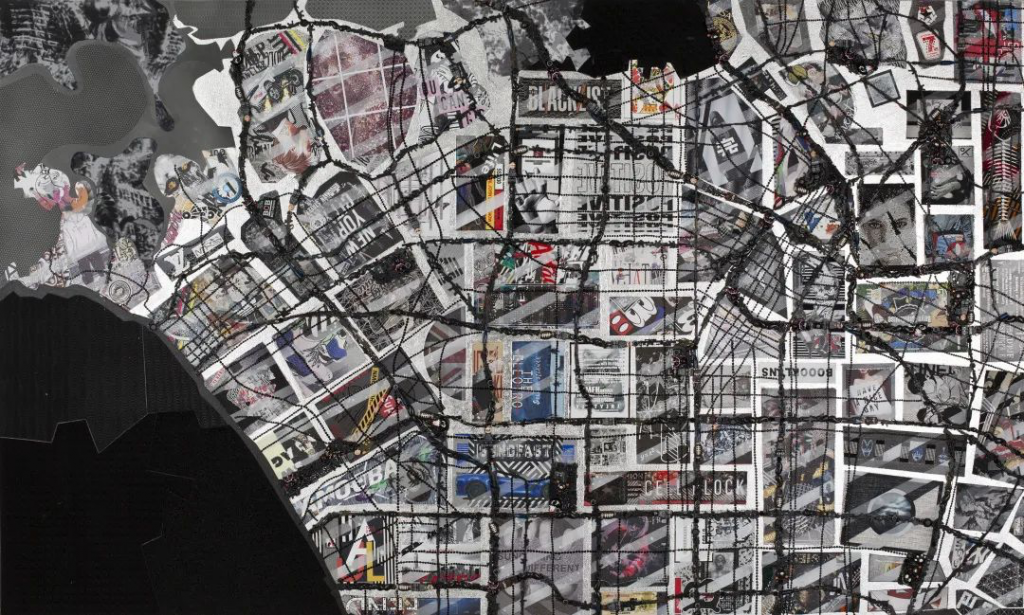
The exhibition begins on the second floor of the bungalow. As you climb up the stairs, you enter this world hidden outside the bustling city. The walls of the entire space are basically kept entirely white, against which the old wooden furniture glows with a warm luster. Home designs from long ago, such as fireplaces and tiles, are well preserved here, and the original layout of the living room, kitchen, and study are also clearly visible. After Chris Shao returned from New York, he immediately decided on this place as the office and exhibition hall of his studio Objective. “Objective means object, goal, and objectivity. These three elements are what I want to express. I want to present Something tangible.”

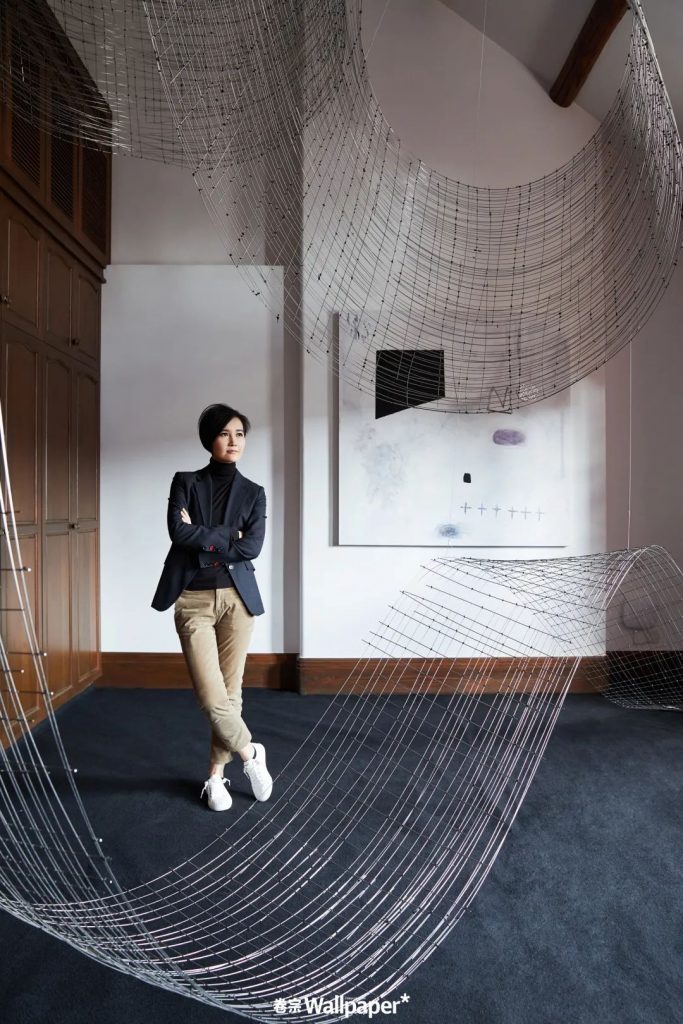
Installation artist Juju Wang at the “Overgrown” exhibition, next to her art works “BOW” and “Split Second”. Known as an interactive magician in the art world, she likes to extract creative inspiration from traditional culture and combine it with contemporary art methods for artistic expression. Emphasizing the interactive experience between the work itself and people, thus bringing about a harmonious relationship between the work itself, outside observers, and process participants, and the pleasant experience brought by this creation itself, the gene of happiness and freedom becomes artistic aesthetics interesting dimensions.
01
Dossier Wallpaper*abbreviation W
Juju Wang abbreviated as Juju
W: Please introduce the works you brought this time!
Juju: brought installation art works in the “Overgrown” exhibition. The work “BOW” fills the loft without affecting the structure, but complements the architectural space, making the building itself a second important transmitter of information. “BOW” exists in an almost claustrophobic space with an impressive presence. The bow is a symbol of innocence, and when it takes on a giant form, it symbolizes the escape and exploration we need, it represents the immense curiosity that needs to transcend our own limitations. The moment one observes and understands oneself is the moment one is liberated.

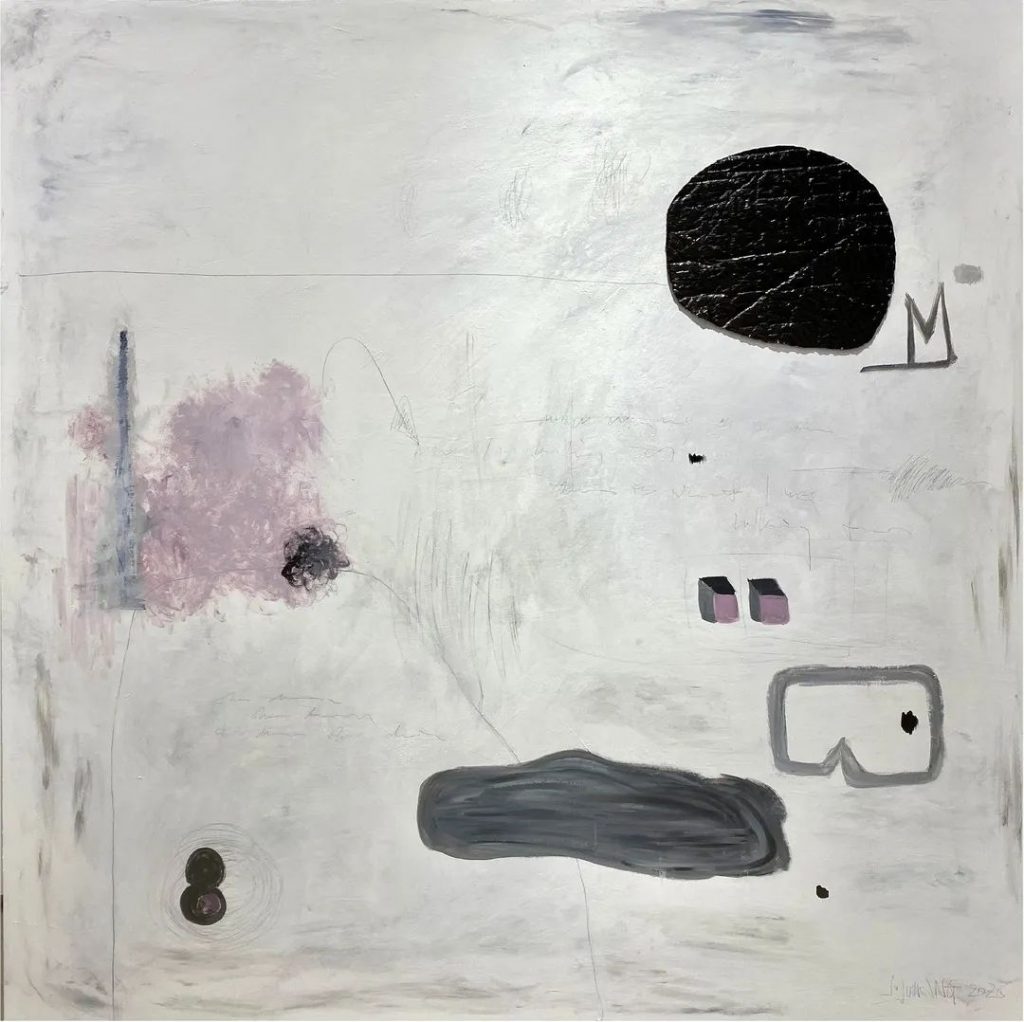
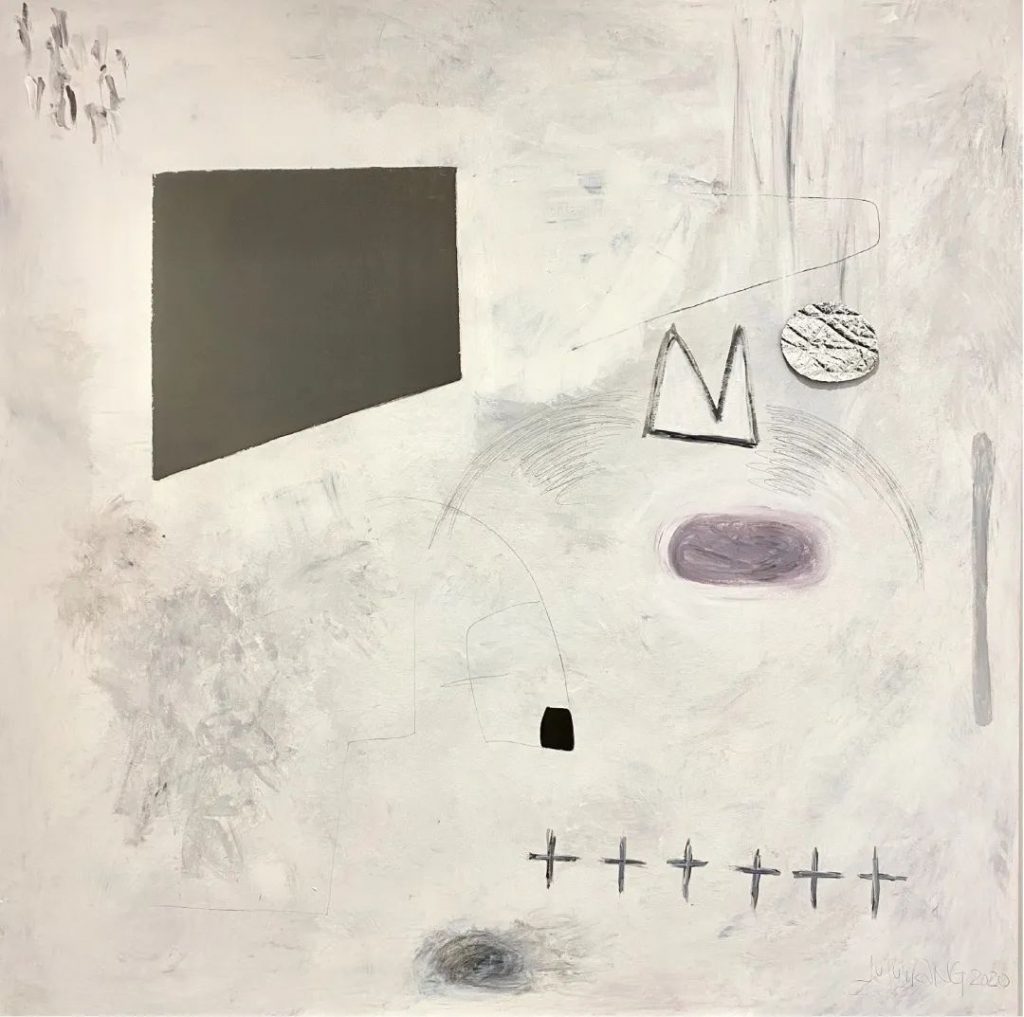
W: What do you think of “Overgrown”? How does it appear in your work “BOW”? How has it been reflected in your past life experiences?
Juju: Just like a piece of clothing that is too small to know in advance, the experiences we go through in life shape the way we perceive reality and our surroundings. “BOW” represents the events we experience that make us wiser and more mature, able to face and cope with limitations, but imposed by external conditions that may simply be ourselves. I am lucky enough to live a comfortable life with the blessing of my family and close friends. During the pandemic, many of us have experienced our homes transforming into a tiny universe, and the lessons we’ve learned have made us better and wiser.

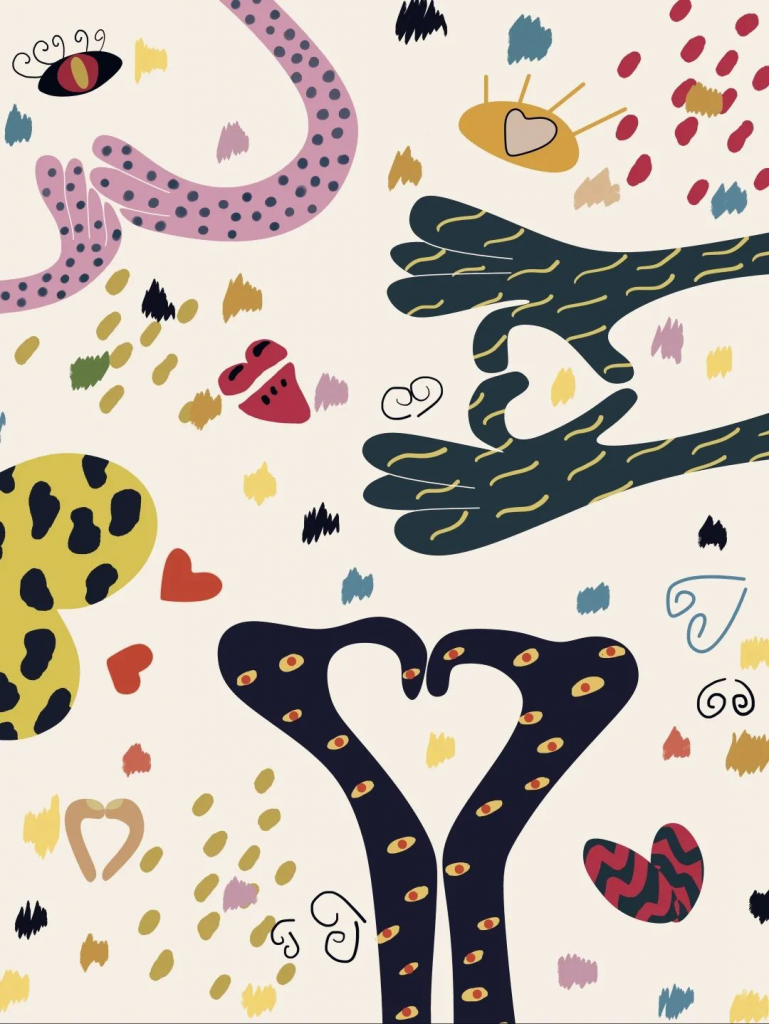
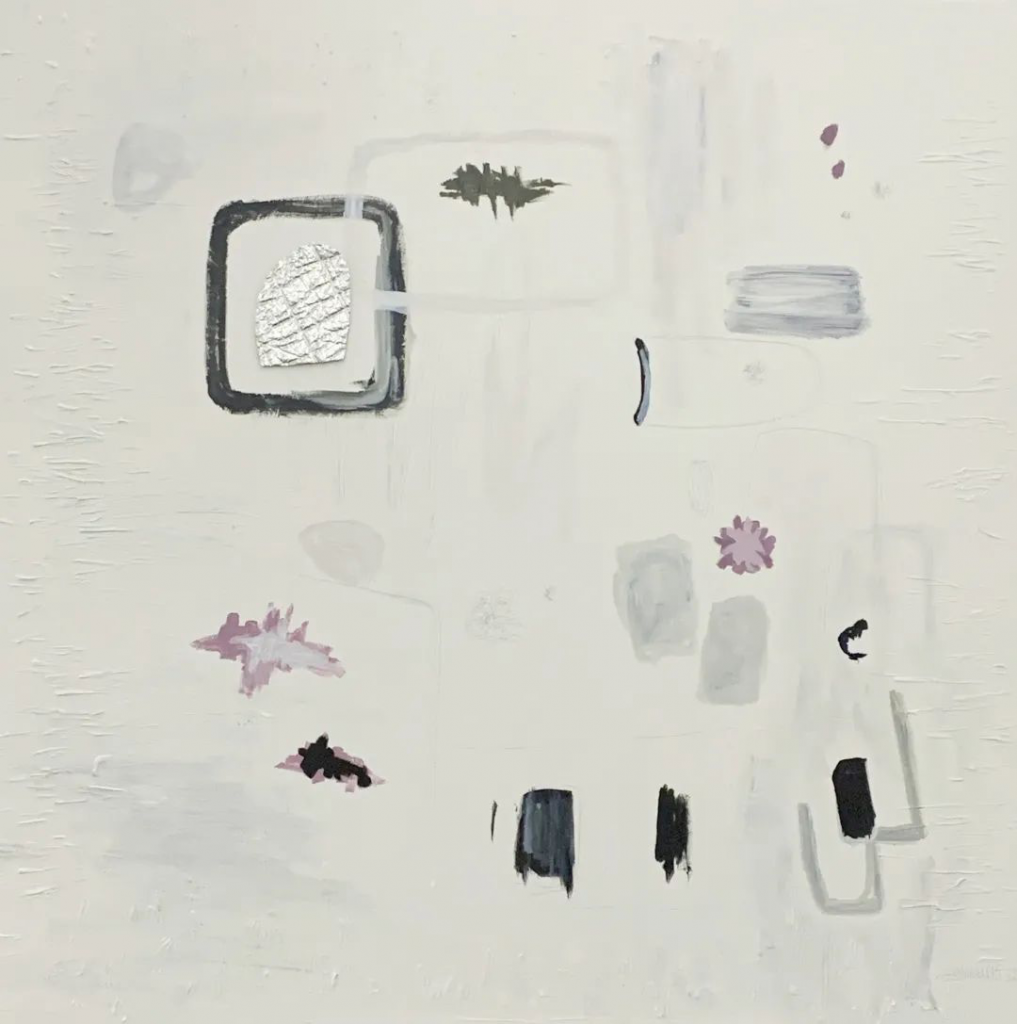
W: Generally speaking, what stages does your creation go through?
Juju: The moment of inspiration is the most important stage in my creation. Creating an installation is like creating another universe, inviting onlookers into the world of your imagination. It has nothing to do with whether the materials we use are cheap or expensive, what matters is the emotion generated in that moment.

W: Facing this old house exhibition hall, how do you show the best appearance of your works?
Juju: I feel like the house is communicating with me. In Shanghai, a crowded and noisy city center, every corner is alive. Along this quiet path, the architecture of the exhibition space becomes a hidden moment, allowing viewers to reflect on their inner state. The last floor of this last house facing the street becomes a meditative space that needs to be discovered. Here, an installation of pure steel raises questions about limitations.
What challenges or boundaries have you overcome recently?
Who were you yesterday and who are you today?
